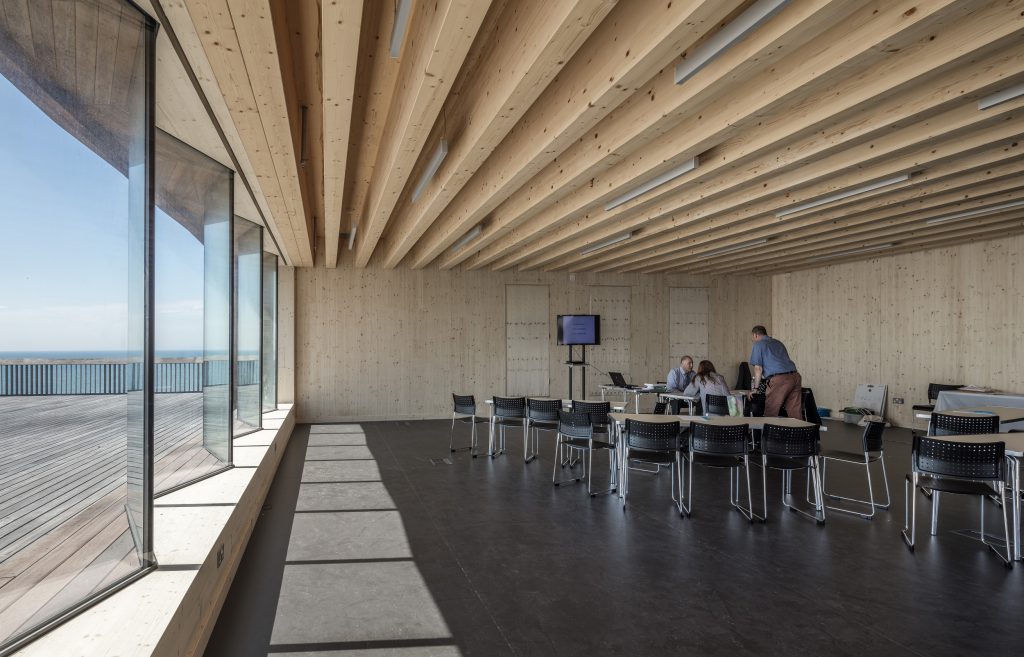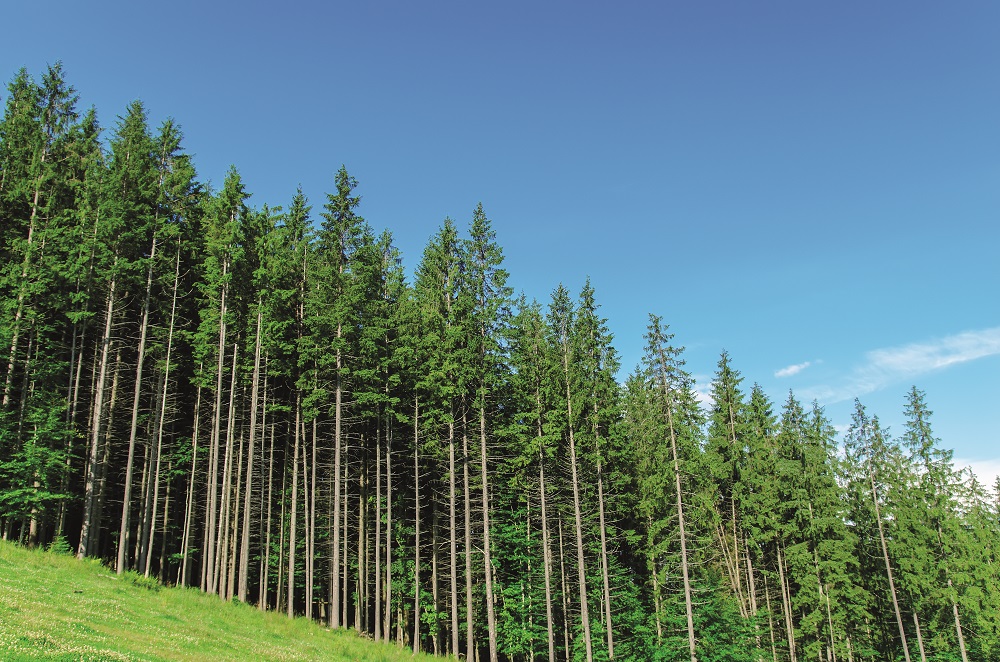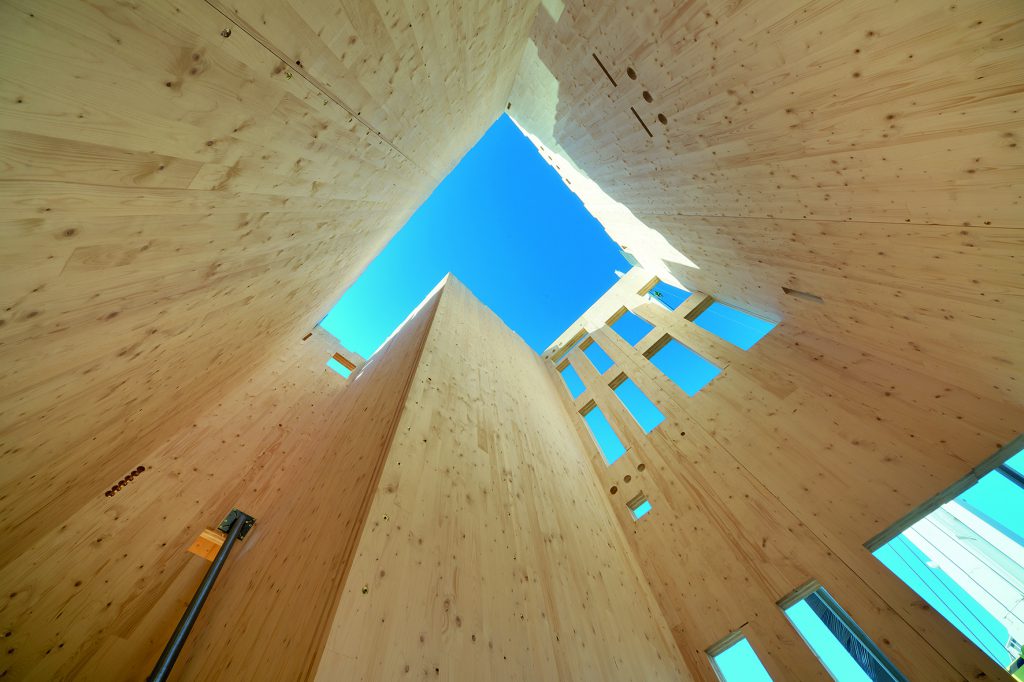
WHY USE STRUCTURAL TIMBER?
Structural timber for a sustainable future
The STA understands the vital role that the structural timber industry must play in ensuring the construction sector is at the forefront of creating a more sustainable future, centred on creating a safer, more reliable built environment.
At the Structural Timber Association, we believe we have a role in helping the government reach specified targets. By embracing structural timber technology and developing better, higher-quality buildings, we can deliver cost-effective, energy-efficient projects across all construction sectors.
Structural timber offers numerous project benefits, from environmental credentials and design flexibility to long-term cost efficiencies.
Multiple options within the timber technology portfolio can deliver high-performance building envelopes, dramatically reduce site time and vehicle movements, and relieve issues of skill shortages.
Low embodied carbon
High levels of offsite construction offer pre-manufactured value
Proven systems through research and testing
Reduced vulnerability to skill shortages
Sustainable managed resource
Systems offer design flexibility and versatility
Quicker build times mean faster return on investment
WHY STRUCTURAL TIMBER?
From large-scale projects to residential self builds, structural timber is one of the most versatile and efficient building materials available. Timber’s popularity can be attributed to many factors, undoubtedly the most important to construction professionals and end-users are the two fundamental elements of sustainability and durability.
Our new video animation explains how structural timber can support the UK Governments drive to net zero through the increased use of timber in construction, driving down carbon emissions and supporting a sustainable future.
Sustainability

Responsibly harvested timber, sourced from managed forests, offers a renewable building material that ensures zero impact on the natural environment. Timber carries a significantly lower carbon footprint than alternative traditional construction materials as it simply sequestrates carbon during its early life as trees, locking in carbon. As a recyclable, reusable resource, timber is suitable for other purposes at the end of the structure’s life.
Durability

Durability is one of timber’s most attractive and valuable natural qualities. In use for hundreds of years, structural timber offers many diverse applications for construction while remaining a natural, attractive, and adaptable material. The durability of timber is well-documented with sound design being the key to enhancing its strength and longevity.